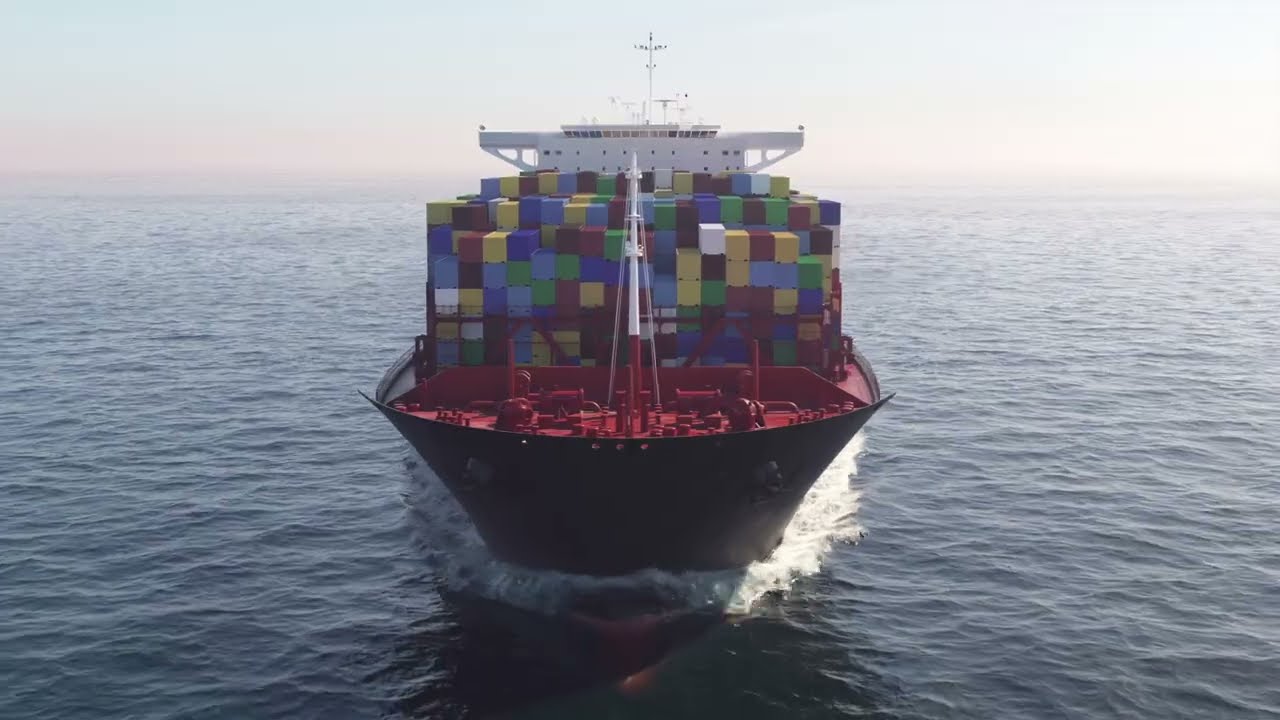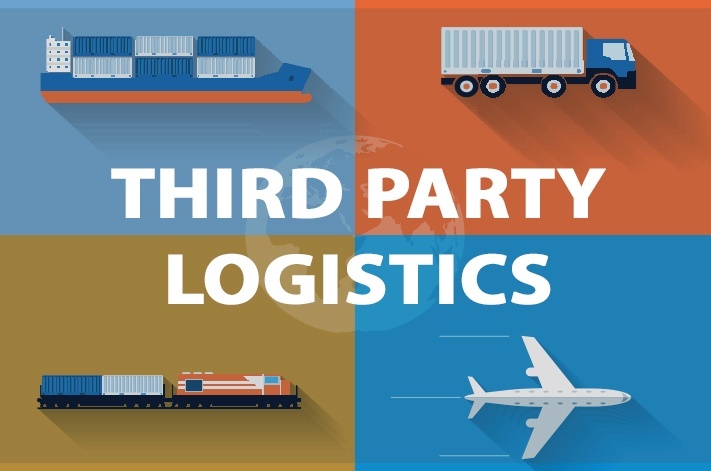https://www.zergratran.com/
There are unique shipping routes for container ships to and from the busiest ports across the world. Because these routes provide the fastest sailing periods for ships transporting the items we need and rely on every day in international trade, they are beneficial to global commerce in many ways.
The Panama Canal:
The Panama Canal is regarded as one of the seven wonders of the modern world by the American Society of Civil Engineers (ASCE). This international waterway is used annually by more than 14,000 ships.
It is a man-made canal that spans Panama’s narrow isthmus and links the Atlantic and Pacific seas. It is 40 miles long from coast to shore, and it is owned by and governed by Panama. About 10 hours is needed from one side to another for ships to traverse from one side to the other.
One or more pilots board each ship before it leaves the terminal and through the canal. Assuming no delays, ships may spend 25 hours passing through the canal. Once a ship has been given the green light to sail, the trip through the canal usually takes about 10 hours. As long as the canal is not being dredged, canal traffic normally flows both ways. Despite the unavoidable loss of enormous amounts of water with each passage, the high rains in Panama allow this operation to go on. More than one vessel may be passed through at a time when their sizes allow it to save water.
What are maritime alternatives used?
Those options that include a continuous marine component are maritime alternatives. Cargo may be picked up or dropped off at many points along the Magellan Route, which circumnavigates South America (e.g., Brazil, Argentina, Chile). Despite being the quickest route between the North Pacific and Atlantic Oceans, the Northwest Passage and other Arctic routes remain dangerous for shipping and provide the slight possibility for cargo pickup or delivery.
The number of overland options is greater. The Panama Canal Railway has seen significant expansion, although it is not always a competitive route, as the initial and frequently less evident option. The railway provides a unique opportunity for speedy container repositioning across the isthmus to assist Panama’s growth as an international transshipment center. Land bridges connecting the United States, Canada, and Mexico have been in existence for some time now.
Their goal is not to compete with the Panama Canal but to provide shippers in North America’s supply chains with a speedier option than the current canal system.
Zergratran – the best possible cargo transportation route between the Pacific and Atlantic Oceans:
Zergratran creates a transshipment hub in northern Colombia to transport cargo containers between the Pacific Ocean and the Atlantic Ocean via an underground tunnel, Puerto Internacional Las Americas (PILA).
Automated ports, an underground tunnel, a maglev system, untethered robot cranes for loading and unloading containers, and security screening are all part of Zergratran’s cutting-edge strategy to alleviating port congestion.
Their Atlantic port is only a few minutes away through an underground tunnel. The containers are then shipped to the US Gulf and Eastern ports and Europe by waiting for regional ships. With improved dispersion and distribution, more containers would arrive at their ultimate destinations more quickly. It is the peak time to invest in this project as it will be a golden ticket to the innovative shipment transfer program between the Pacific and Atlantic Oceans.



